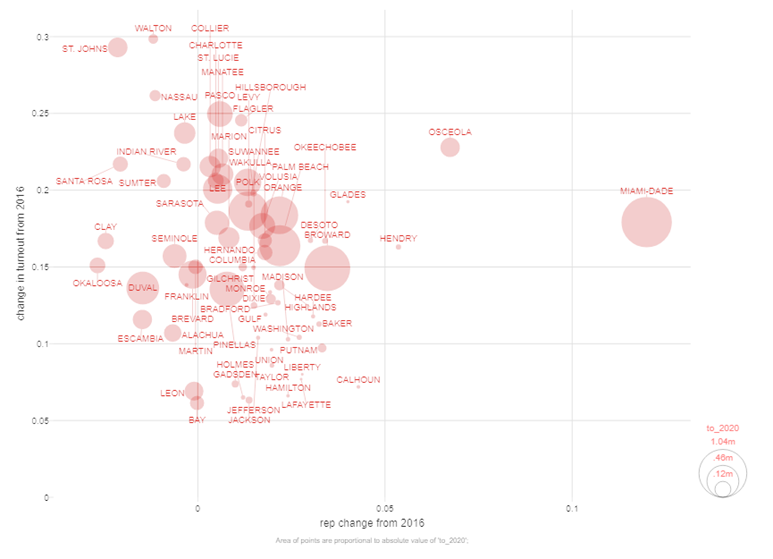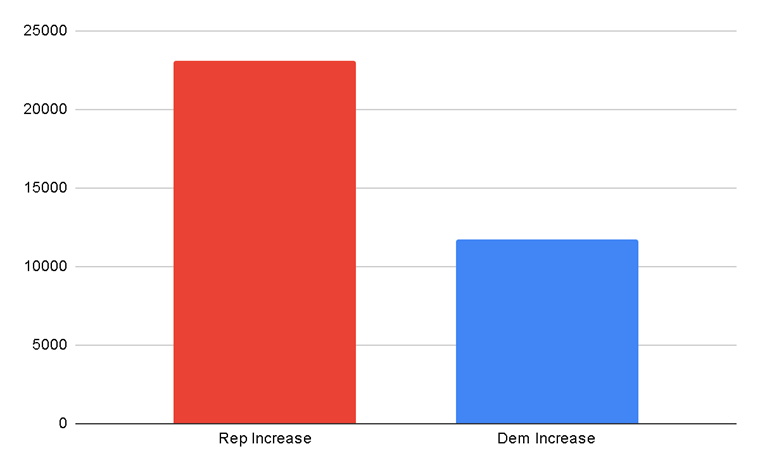
Chamber Pulse Insider Economic Survey Panel
Chamber Pulse Economic Insider Survey Panel
Ozean Media recently published a study through it’s sister entity, Chamber Pulse, which surveys Chamber of Commerce executives across the Southeast United States. A copy of the study is posted below. You can view the the original study and all future studies by visiting chamberpulse.com.
2023 Quarter 3 Economic Outlook
Welcome to the first edition of Ozean Media’s Chamber Pulse Economic Insider survey panel; a quarterly survey of Chamber of Commerce executives across the Southeast.
The survey reveals that Chamber of Commerce executives rank their local and statewide economies much higher than the national economy, both generally and in terms of growth.
“The data shows that Chamber executives are slightly optimistic locally, while remaining uneasy about uncontrollable national economic factors,” says Ben Torpey of Ozean Media.
Over 75% respondents rated the current condition of their statewide and local economies as “good”, compared to just over 25% for the national economy. The same held true when respondents were asked to compare economic conditions to 3 months prior and over the next 3 months; respondents held overall positive attitudes toward statewide and local economies, while having a poor outlook for the national economy.
The survey also asked about specific local economic conditions, such as cost of living, overall local business climate, inflation, and the housing market.
“What really stands out is the concern over inflation and the cost of living. Not only did a plurality indicate that inflation (57%) and the cost of living (50%) have gotten worse over the past 3 months, but the same share of respondents expect it to get worse over the next 3 months,” concludes Ben Torpey of Ozean Media.
Despite these concerns, not a single respondent indicated that their local business climate has gotten worse over the past 3 months, while a plurality (50%) of the respondents expected their local business climate to improve over the next 3 months.
Looking forward, and in light of perceived improvements compared to the previous 3 months, we hope to see the continuation of respondent’s future economic expectations.
Methodology
Chamber of Commerce Presidents, Executive Directors, and CEOs from the Southeastern United States are surveyed quarterly online for the Ozean Media Chamber Pulse survey panel. Eligibility is determined by asking the person to complete an online demographic form where answers are checked for authenticity. Once authorized, panelists are assigned unique tokens to maintain anonymity and sent an invitation to take the survey. A maximum of five attempts per record is made. The average time to take the survey is under 5 minutes.
Respondents are asked 1 question about current economic conditions, 3 questions about economic conditions over the past 3 months, and 3 questions forecasting economic conditions over the next 3 months at the national, statewide, and local levels. These questions will remain consistent throughout future surveys.
Chamber of Commerce Panel Partners
- Pell City Chamber of Commerce – Pell City, Alabama
- Hawkinsville Chamber of Commerce – Hawkinsville, Georgia
- Stuart/Martin County Chamber of Commerce – Stuart, Florida
- Tavares Chamber of Commerce – Tavares, Florida
- Greater Ardmore Chamber of Commerce – Ardmore, Alabama/Tennessee
- Demopolis Area Chamber of Commerce – Demopolis, Alabama
- Greater Pasco Chamber of Commerce – New Port Richey, Florida
- Athens Area Chamber of Commerce– Athens, Georgia
- Asheboro/Randolph Chamber – Asheboro, North Carolina
- Gwinnett Chamber of Commerce – Duluth, Georgia
- Orangeburg County Chamber of Commerce – Orangeburg, South Carolina
- Ocala Metro Chamber & Economic Partnership – Ocala, Florida
- Millbrook Area Chamber of Commerce – Millbrook, Alabama
- South Lake Chamber of Commerce – Clermont, Florida



